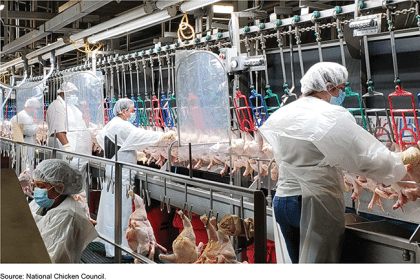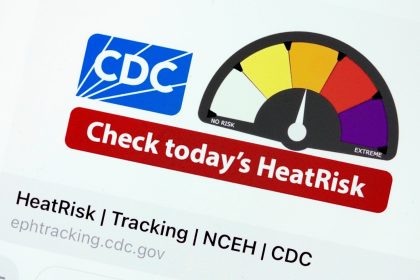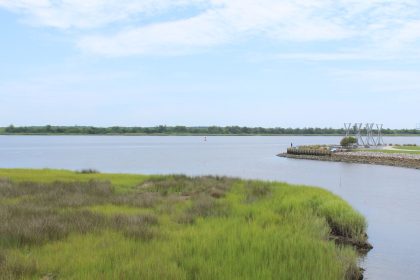US Customs and Border Protection Uses New Scanning Technology to Enhance Screening for Illegal Drugs
The U.S. Drug Enforcement Administration issued a public safety alert for the first time in six years after an investigation of Mexican drug cartel networks revealed the sales of fake pills were linked to overdose deaths.
Last year alone, the DEA seized 15,000 pounds of fentanyl, and 64,000 overdose deaths occurred involving the use of synthetic opioids, predominantly fentanyl.
The U.S. opioid deaths are likely to reach 1.22 million within the decade if no new actions are taken, according to a recent study from the Stanford-Lancet Commission.
To step up enforcement efforts, Congress now requires that the U.S. Customs and Border Protection scan 100% of all arriving vehicles, where previously CBP was only screening fewer than 5% of these vehicles.
To do this, CBP has added new high-power scanners known as “multi-energy portals” to their toolkits to try to quickly detect any density in a package that could contain illegal drugs.
The scanning technology will allow drivers to stay inside their vehicles, preventing issues in shipping timeframes, with each machine able to scan eight times as many trucks per hour as the existing systems.
CBP has already installed the scanners at two ports in Texas, and officers are currently using the devices to inspect shipments for things like hidden compartments or false vehicle panels used for hiding illegal drugs.
Alexa can be reached at [email protected]

























